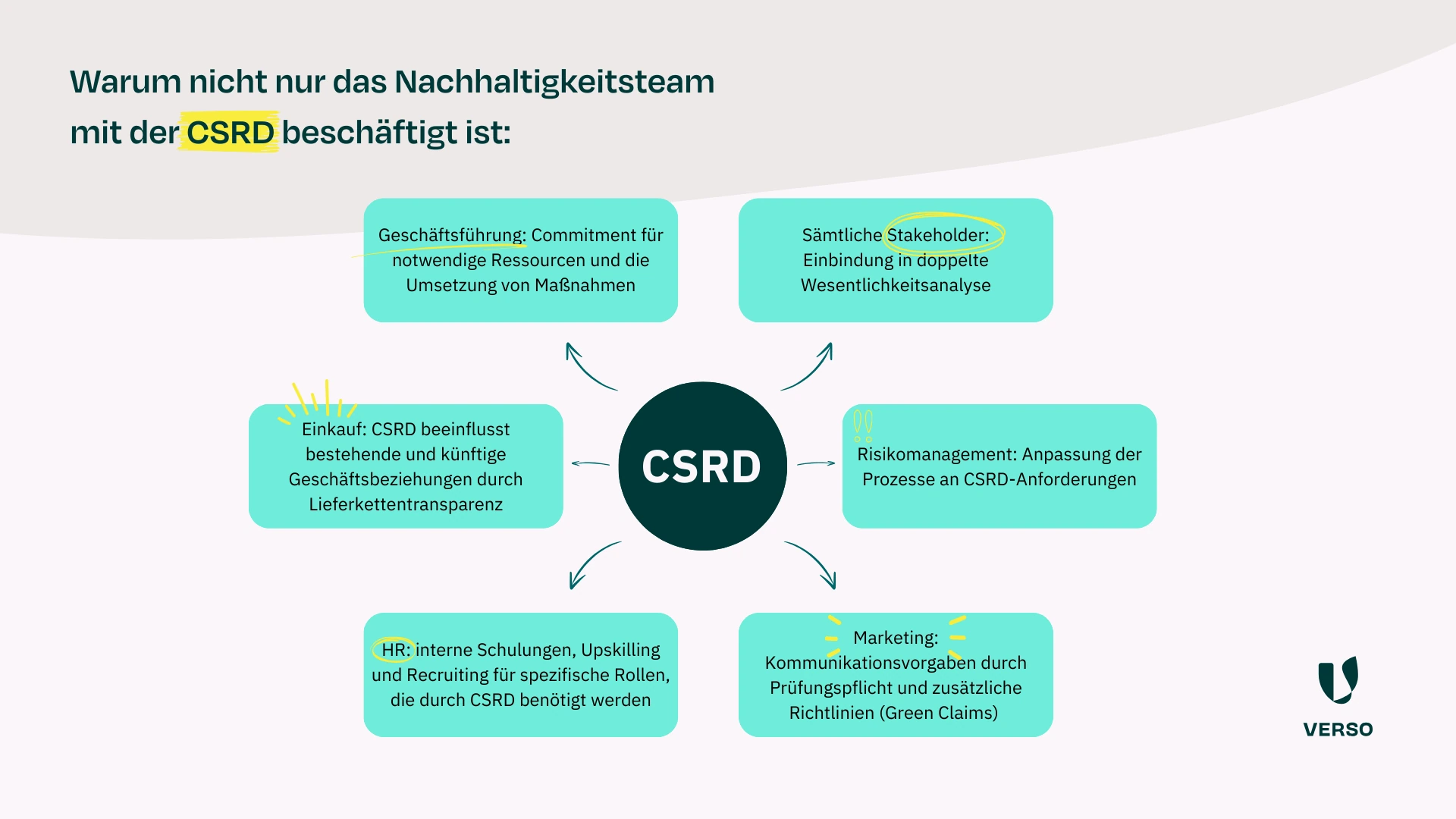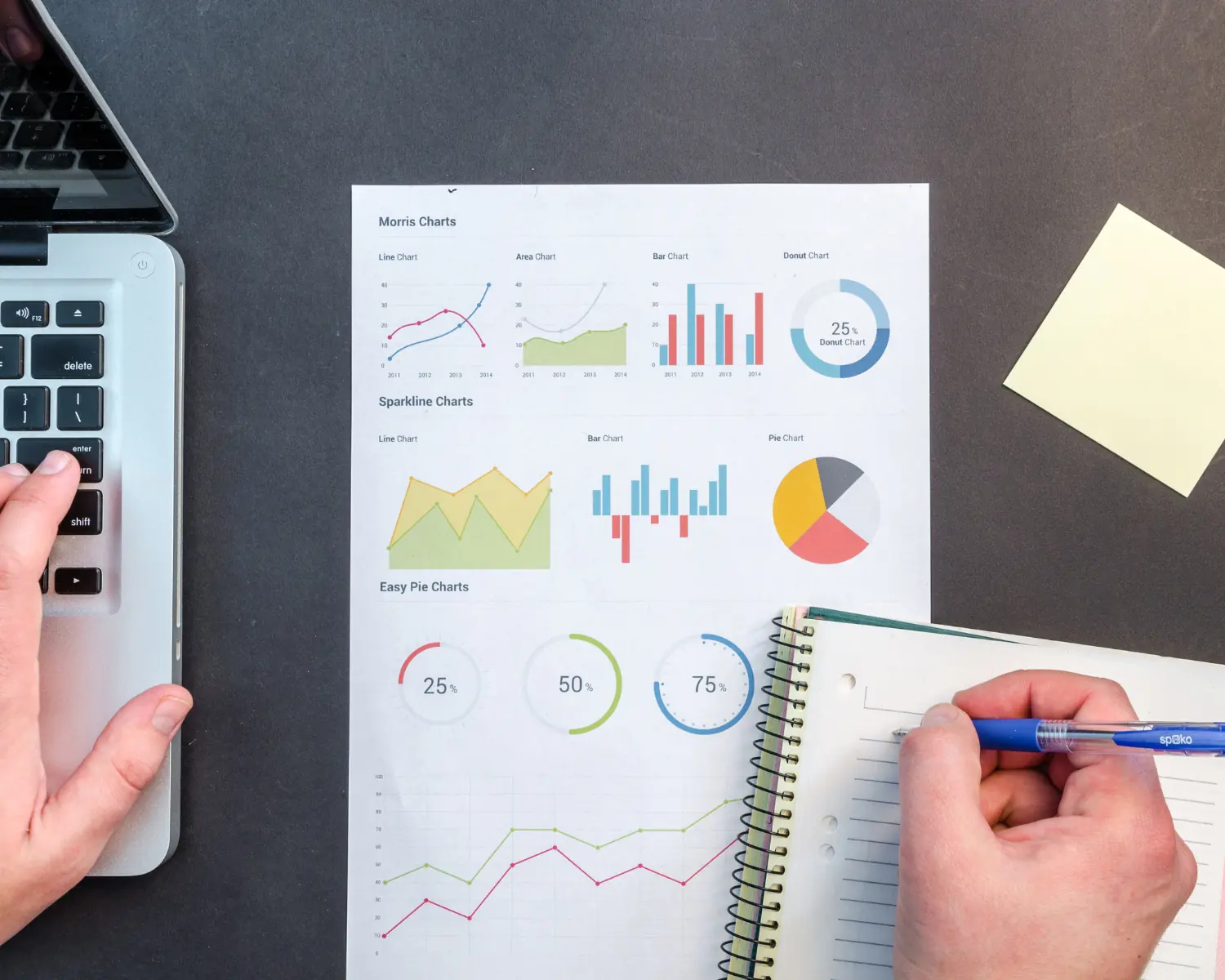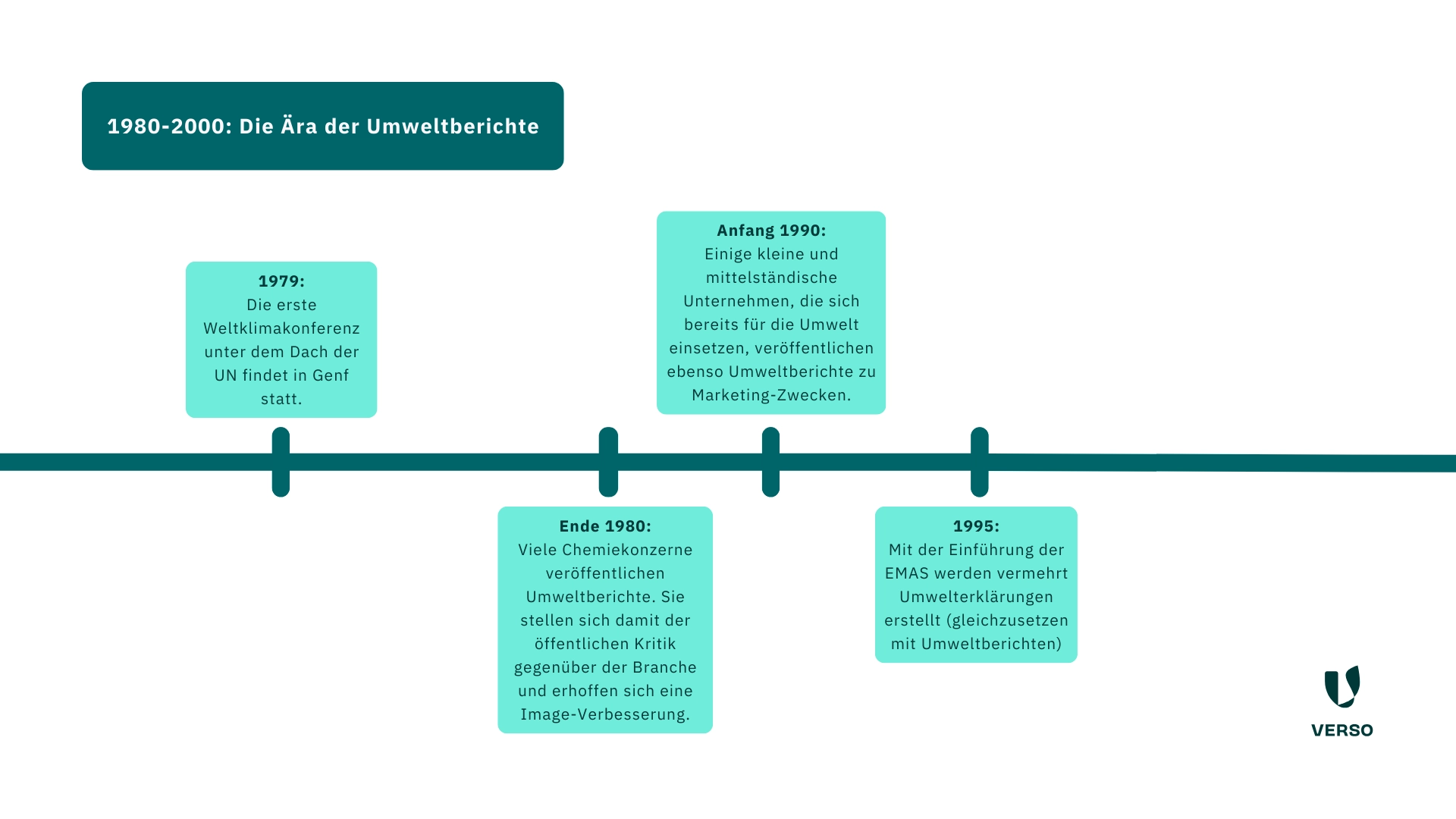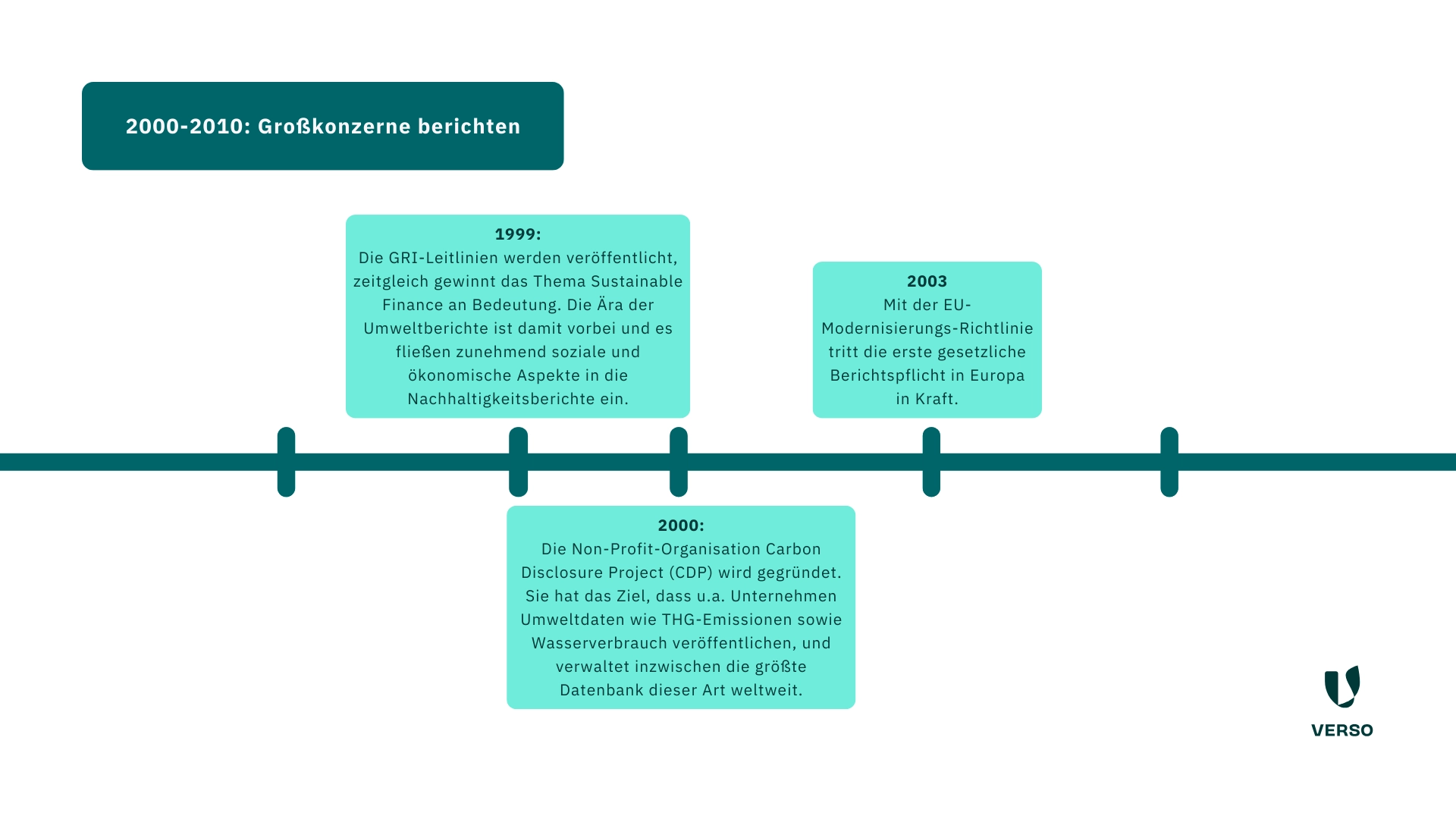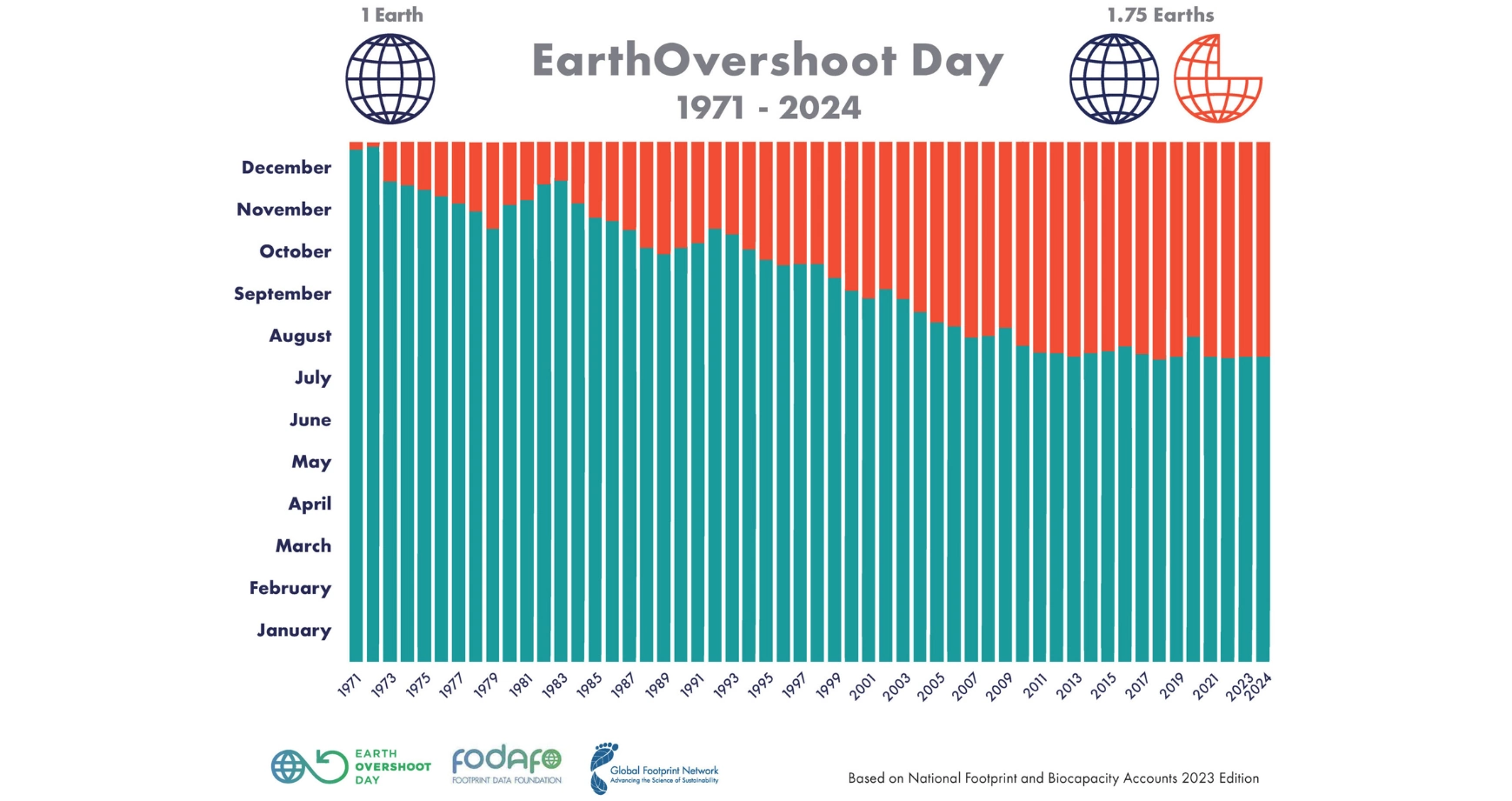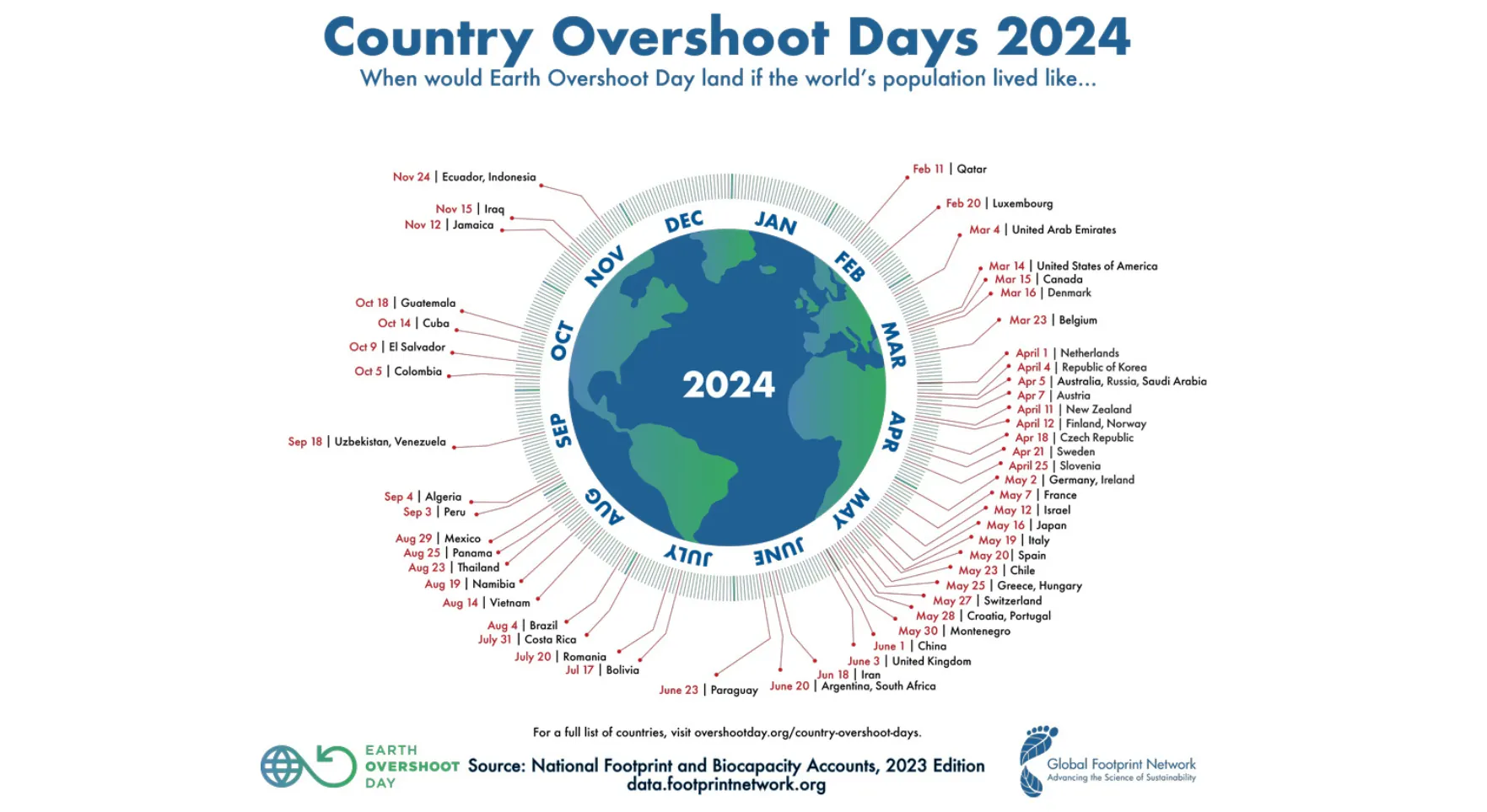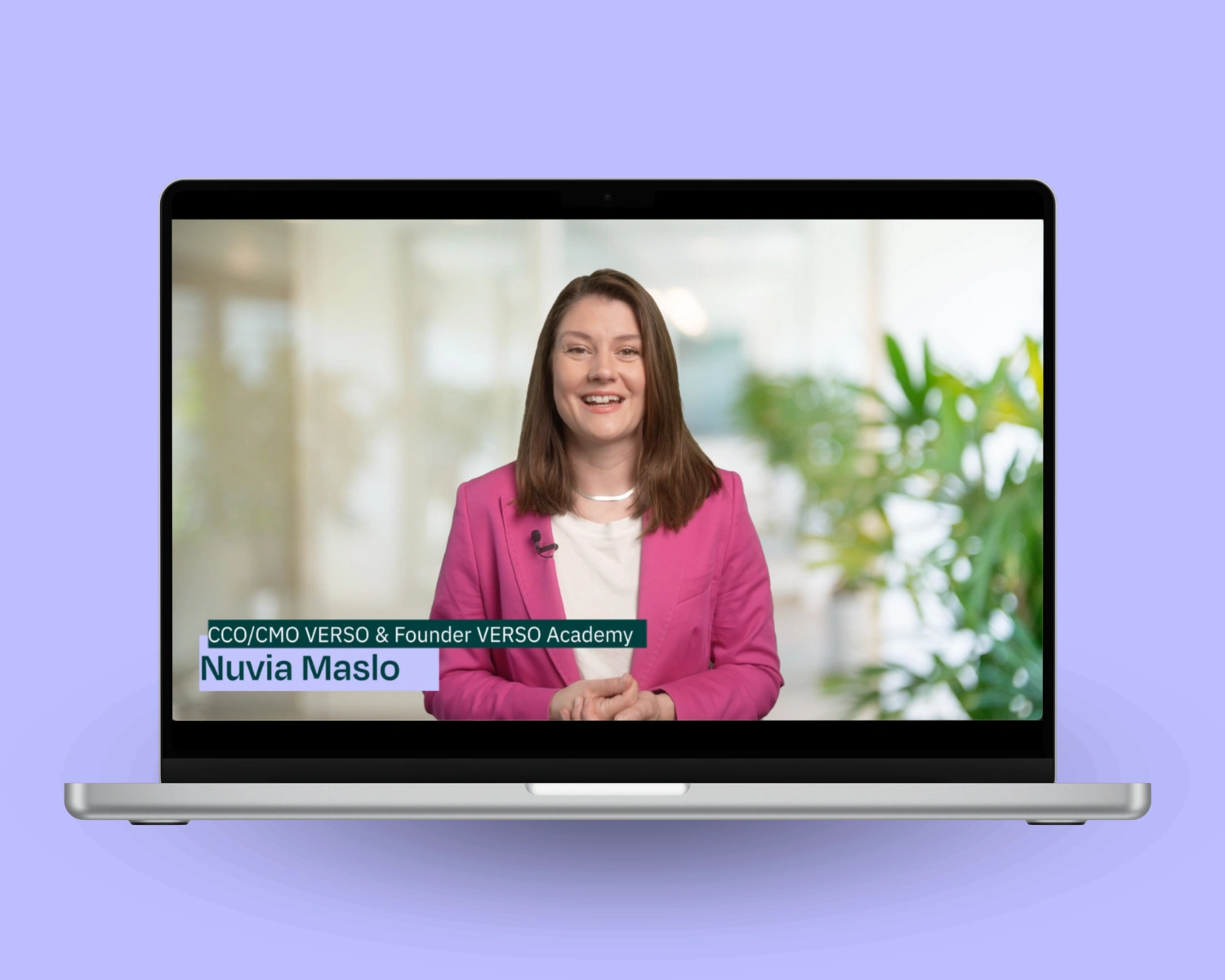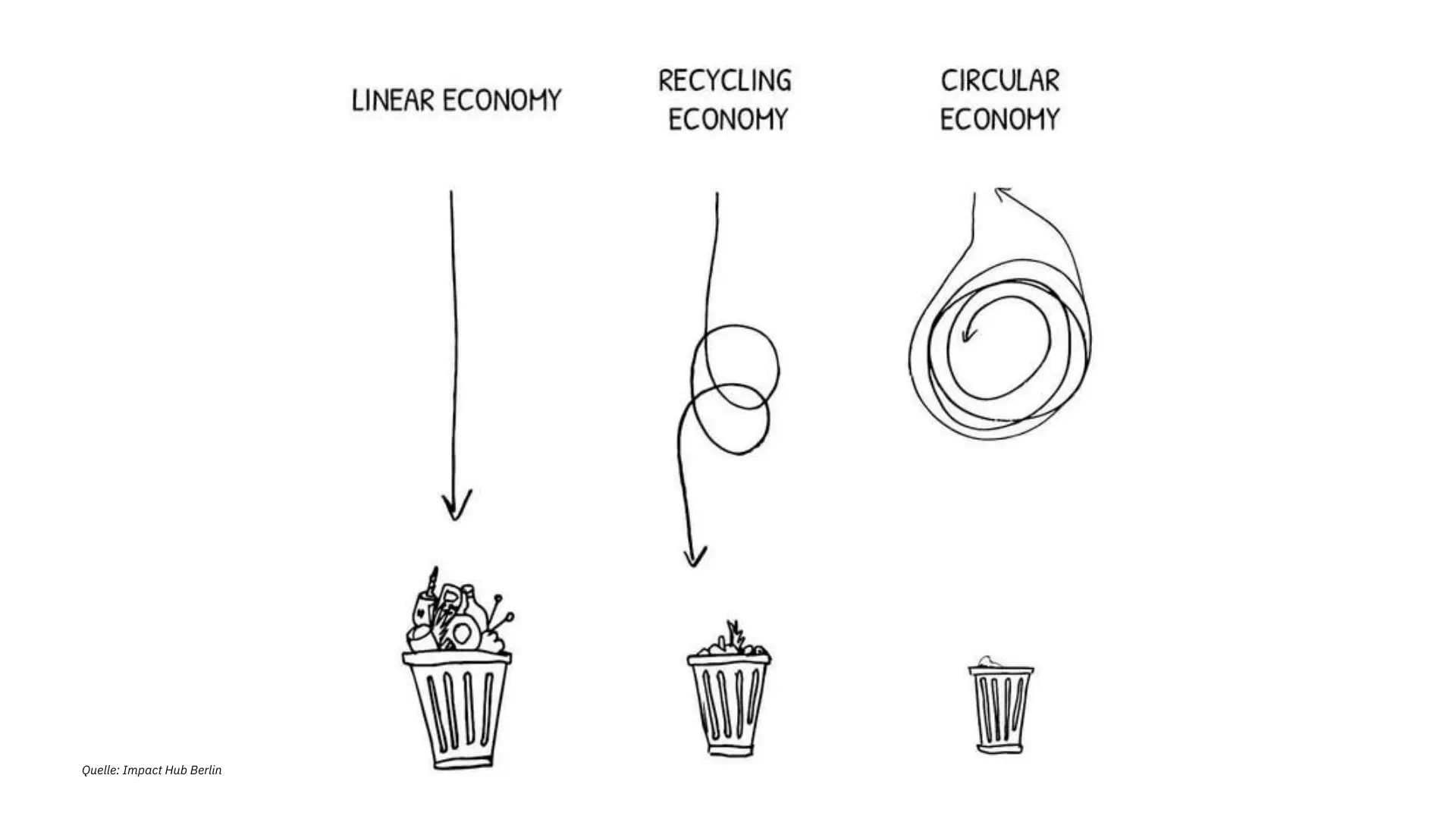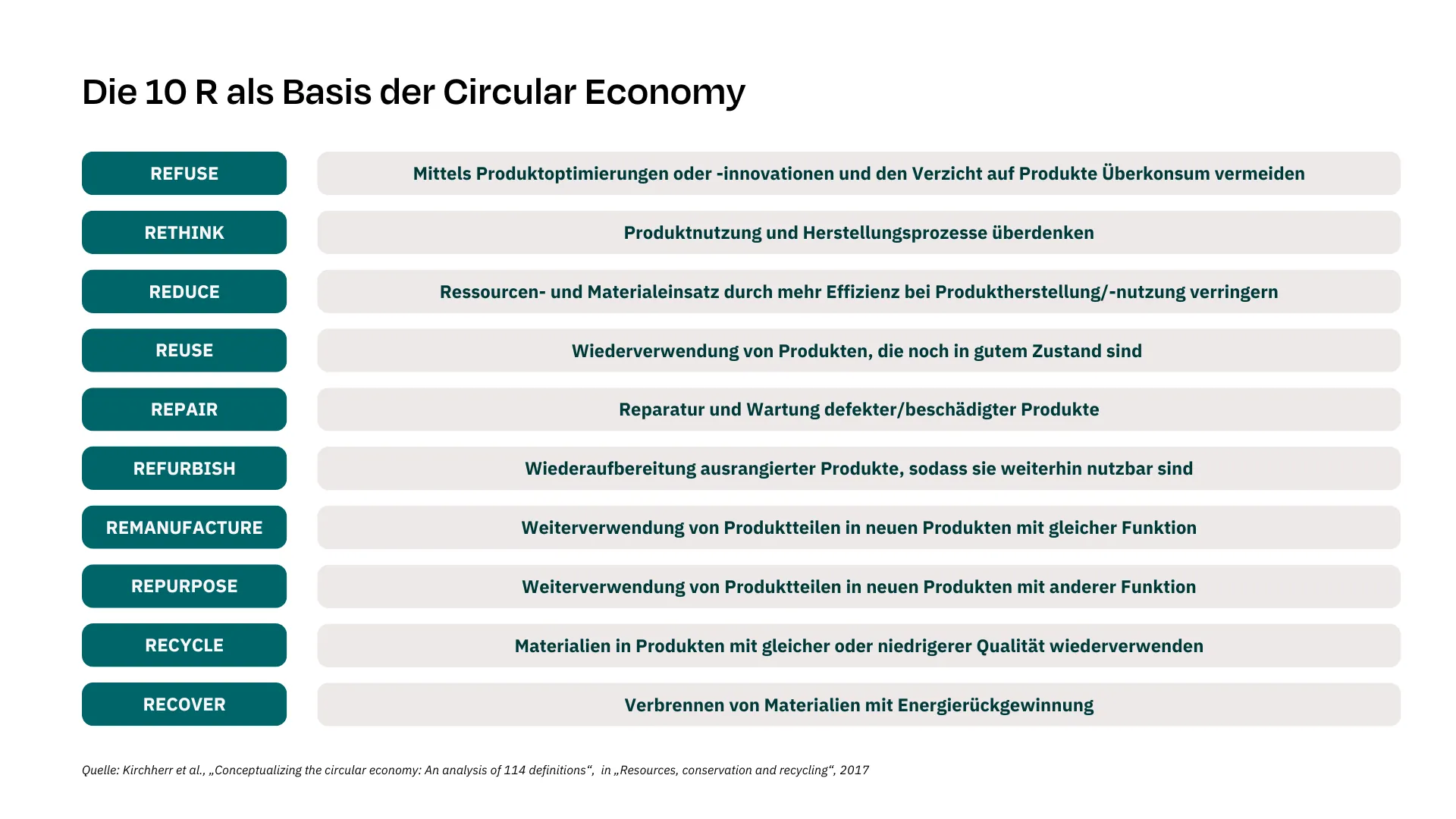
EFRAG study: Learnings and tips for your CSRD report
EFRAG has analyzed some of the first ESRS sustainability reports and published the results in a comprehensive study. Here you can find the lessons learned from the study and our tips for CSRD implementation.
In 2024, some companies published their first voluntary report in accordance with the ESRS (European Sustainability Reporting Standards). EFRAG has analyzed some of these first ESRS reports in a study.
The European Financial Reporting Advisory Group (EFRAG) is an independent EU advisory body that promotes the development of reporting standards, particularly in the area of sustainability. She helped develop the ESRS, the standards for implementing the CSRD. The study provides companies that are dealing with sustainability reporting for the first time with learnings, best practice approaches and assistance. We have taken a look at the comprehensive document and prepared a clear overview for you.
In this article you will receive:
- Practical approaches to ESRS implementation and their advantages and disadvantages
- Dos & don’ts for your CSRD report
- Our 5 top tips for a CSRD-compliant report
Practical approaches to ESRS implementation and their advantages and disadvantages
EFRAG has looked at the previous reports from four perspectives:
- How did the companies approach the double materiality analysis?
- How were the data points selected and what was the quality of the response?
- How detailed was the value chain depicted in the reports?
- How were the responsibilities in ESG reporting management regulated?
The organization has observed different approaches for these four perspectives, all of which have their advantages and disadvantages. Depending on experience, data situation and organization, different approaches make sense for companies. This overview will provide you with inspiration for implementation in your company:
| Topic | Preliminary observed approaches | Advantages | Disadvantages |
|---|---|---|---|
| Double materiality analysis | Based on data collection, additional involvement of stakeholders and experts | Objective, evidence-based assessment of material topics | Quality and efficiency can suffer if little or imprecise data is available and experts are not sufficiently involved |
| Based mainly on input from external stakeholders and internal participants | Broader range of potentially material topics can broaden the horizon | Variety of topics can be overwhelming; assessments could be subjective | |
| Data points | Evaluation of materiality at the level of individual data points (bottom-up) | Preventive sorting out of immaterial data points saves work and streamlines the report to the essentials | The concept of materiality at data point level (“Is this data point material for the company?”) is rarely fully understood |
| Use of phase-in options (omission of data points in the first or second reporting year) | Companies can focus better on building the database, the correctness of the report and the structure of processes | Comparability (base years etc.) not consistent and possibly misleading; concern about overlooking reporting obligations | |
| Disclosure of all data points without using the phase-in options | Ensure that no reporting obligation is overlooked | High effort; not all data points may be relevant; lower data quality due to larger reporting scope | |
| Value chain | Highly segmented mapping (e.g. according to production stages) | Very detailed reporting with a high level of transparency | Difficult to find the balance between aggregation and granularity; industry-specific guidelines would be helpful |
| Rough aggregation (e.g. to total levels of upstream, downstream and own operations) | Streamlines the report; an overview without detail is often sufficient for readers | Can limit the assessment of IROs at the right level of detail and potentially miss nuances of complex value chains | |
| Go beyond direct business relationships (Tier 1) | High transparency; full ESRS compliance | Limited data availability, especially for financial institutions; difficulties in application beyond Tier 1 relationships | |
| Focus only on direct business relationships (Tier 1) | Data is more available in this area; for some companies only Tier 1 is material | Not compliant with ESRS requirements; information distortions and insufficient consideration of material effects in connection with indirect business relationships | |
| ESG report management | One person has primary responsibility; often from the sustainability or finance department | There is a clear point of contact within the company | Training is required to provide managers with comprehensive knowledge of ESG content management and data management |
| Shared responsibility between departments (e.g. finance and sustainability) | Allows responsibility to be shared; skills can be pooled | Requires clear governance and regular forums for updates, coordination and decision-making between the departments involved |
Dos & don’ts for your CSRD report
Dos:
Structure sustainability reporting clearly: Define clear responsibilities for reporting processes, data delivery, verification, communication, etc. – similar to financial reporting. Involve internal and external experts: Conduct workshops and interviews to obtain in-depth input – especially for your material topics. Communicate the scope, objective and purpose of the report internally and externally: A common understanding of the CSRD reporting obligation promotes consistent data quality and a uniform, readable report.
Don’ts:
Avoid over-aggregating the data: If you make data, processes and descriptions too general or brief, relevant information may be lost. No purely subjective assessments: Greenwashing was yesterday – the CSRD demands evidence for your statements. Always supplement qualitative information with data-based evidence. Do not report superfluous data points: Avoid including more data points than necessary as this can distract from relevant information.
Our 5 top tips for a CSRD-compliant report
- Establish clearly defined processes: Develop clear processes for data collection and reporting – this is the only way to ensure consistency and reliability.
- Organize reporting well: Establish clear responsibilities and promote cross-departmental cooperation. All departments must be involved in the implementation of the CSRD.
- Carry out a data gap analysis: Use the EFRAG Implementation Guidance 3 to find your gaps in data collection and close them.
- Consider the supply chain now: Despite the transition periods, we advise you to start working on the transparency of your supply chains now – because even with a top tool such as the Supply Chain Hub, obtaining supplier data will not happen overnight.
- IT integration: Get rid of the clutter of Excel lists and implement software like the VERSO ESG Hub, which is designed to collect and report on over 1,000 data points.
Conclusion
Our conclusion on the EFRAG study: There are different approaches to implementing the CSRD reporting obligation. However, it is becoming apparent that the requirements can only be met if
- high data quality is available,
- the focus is on the key topics, disclosure requirements and data points, and
- the reportable data points are reported in a fact-based and detailed manner.
Centralized data collection and clear communication of requirements are essential for this. Sufficient time and resources should be planned for the materiality analysis. And extensive knowledge (internal and/or external) of the individual requirements is necessary for correct reporting. Do you need support with this? VERSO offers everything from a single source: software, consulting and training.



